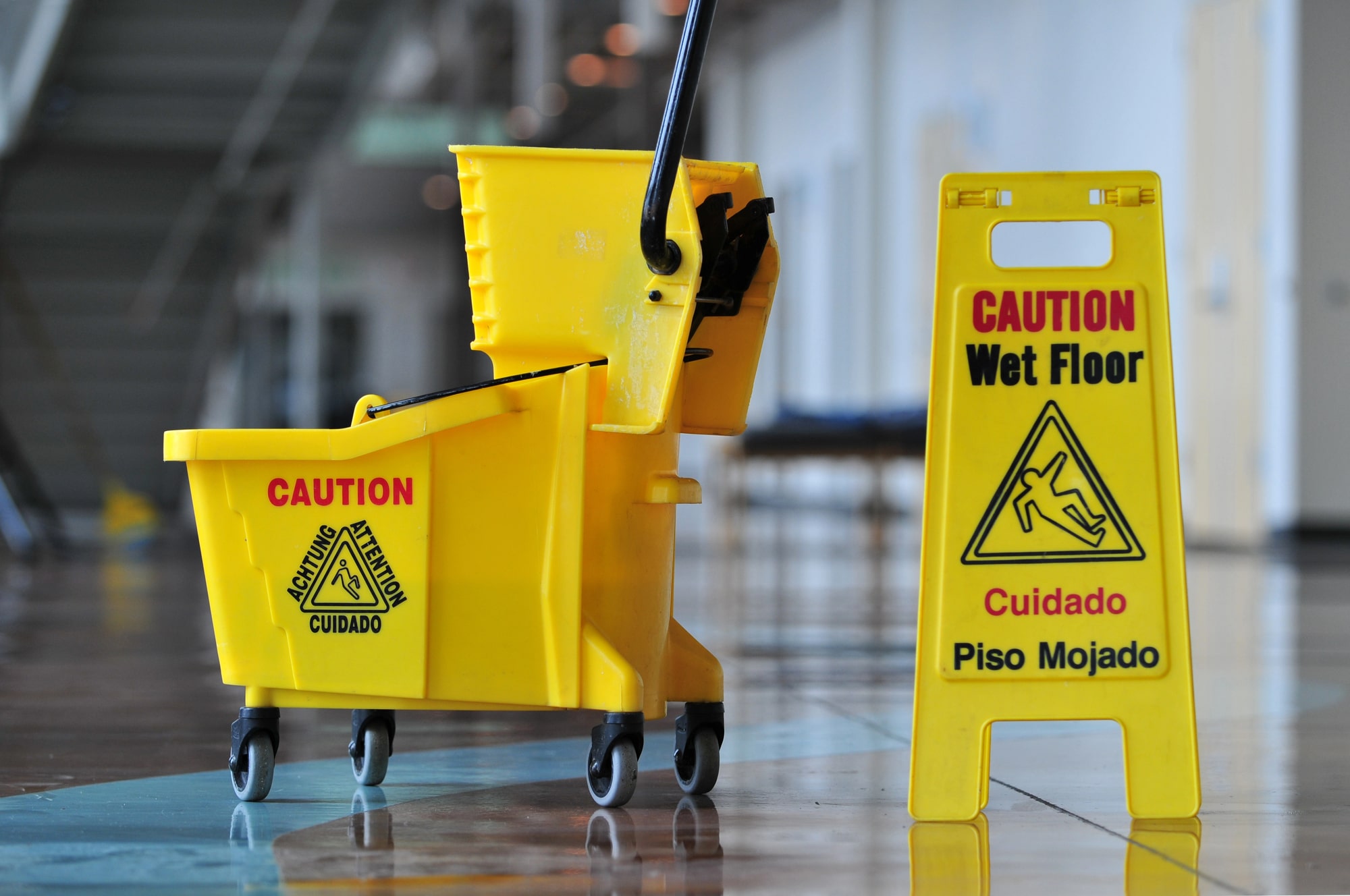Construction dust can create hazardous conditions on walkways, leading to serious injuries when people slip and fall. As a slip and fall lawyer can share, even small accumulations of fine particles significantly reduce traction and hide uneven flooring. Addressing this risk means understanding why dust forms, learning prevention methods, and knowing how to respond if someone is hurt.
How Dust Hampers Traction
Dust from materials like drywall, concrete, and sawdust often settles on floors and stairs. It blends into the ground surface, making footwear unreliable and causing an unnoticed hazard. Regular sweeping alone may appear sufficient, but it often fails to remove particles trapped in seams or textured materials. Leaving dust in plain sight underestimates the risk it poses.
Why Maintenance Schedules Matter
Without clear cleaning protocols tied to work phases, dust buildup becomes predictable. Sweeping may happen once a day, or only at shift’s end, leaving hours of lingering dust. Especially after drywall installation or sanding, floors should be washed and vacuumed with HEPA filters. Failing to define and enforce these schedules opens the door to accidents.
Who Is Responsible For Dust Hazards
A property owner must ensure common areas are safe, including surfaces altered during construction. Contractors share liability, particularly if dust originates from their work zones. Sites with overlapping trades sometimes neglect dust control entirely, creating shared liability. Holding responsible parties accountable requires clear documentation of cleaning logs, warnings, and work area boundaries. A lawyer will conduct an investigation to uncover these records to prove your case.
How Dust Contributes To Serious Injuries
Slip-related falls can result in broken hips, wrists, head trauma, and back injuries. The lack of traction increases the likelihood of falling unexpectedly, especially when visibility is poor. Documenting these incidents requires timely medical evaluation and photographic evidence of the dusty floor. Dust transfer onto clothing or shoes can strengthen causation claims when combined with environmental proof.
What To Do After A Fall
First, seek medical attention and report the incident to management. Then file a formal request for cleaning logs and dust control records. A personal injury lawyer can help collect these documents and interview witnesses before records are lost or destroyed. Robust evidence collection early in the process preserves key facts. Part of this must be done the moment an accident occurs, so be sure to document the scene with videos and photos.
Tips For Preventing Dust Hazards
- Implement frequent cleaning using HEPA vacuums and damp mopping after high-dust activities.
- Install dust barriers and contain work zones to limit spread.
- Update safety signage and notify occupants of increased dust risk.
These proactive steps reduce hazards and reinforce responsibility.
Importance Of Proactive Planning
Construction teams should meet regularly to coordinate dust control, especially when multiple trades overlap. Property managers must enforce safety protocols, and maintenance staff should be trained to identify surface hazards. Investing in prevention avoids costly cleanup and injuries later both physically and legally. Cleanup training should be included for all those working on site at each new construction zone.
Construction dust may seem harmless, but when it covers walking surfaces it becomes a hidden threat. Identifying the hazard, assigning clear responsibility, and responding promptly to incidents can protect both occupants and property owners. According to our friends at The Layton Law Firm, establishing a reliable system for dust control and incident response can greatly reduce risk. Speak with a local attorney to learn more.


